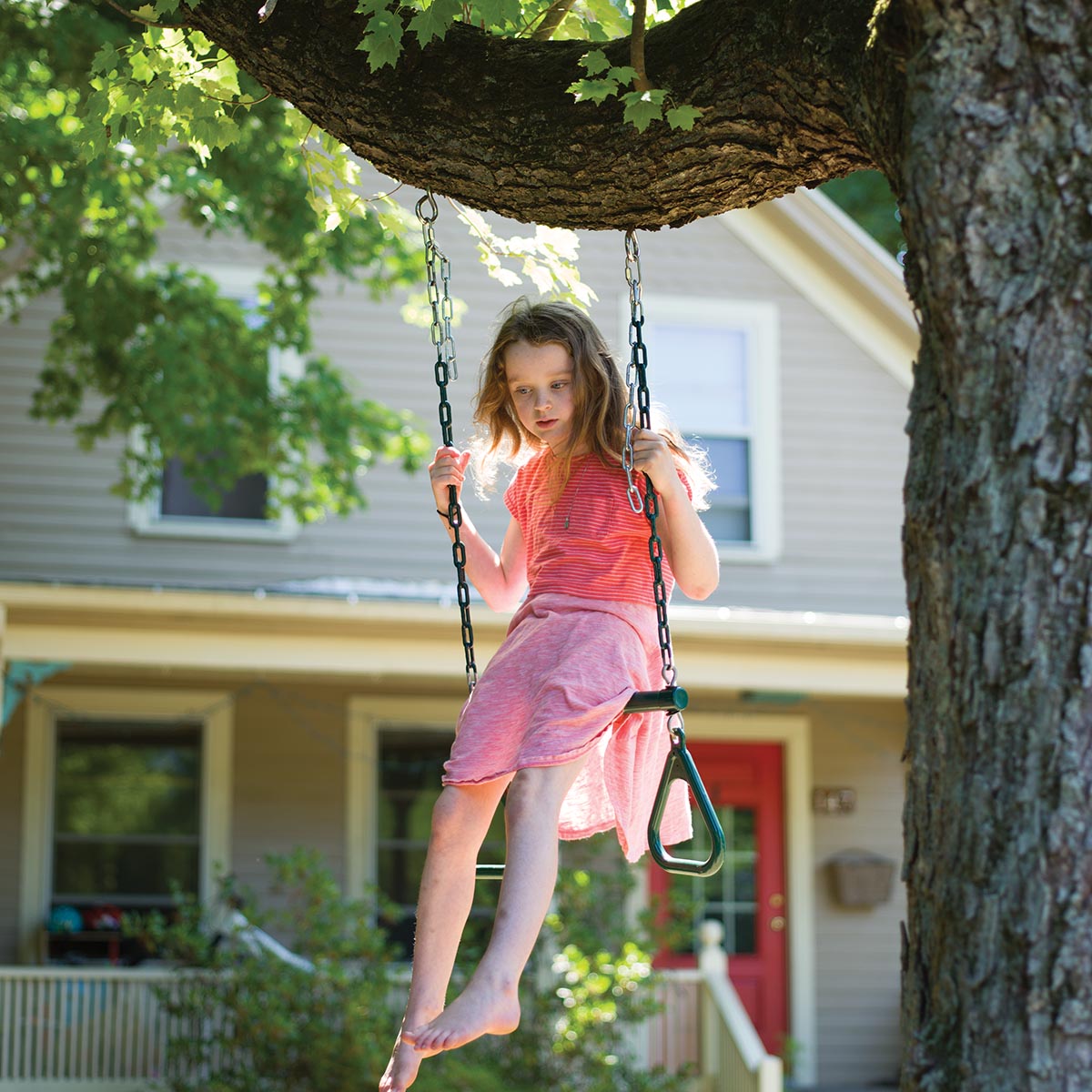
When you ask longtime National Geographic photographer Lynn Johnson why she has consistently tackled such difficult topics as pain, hate, rape, racism, death, and dying (to name just a few) over her long career, she pauses before answering: “Why wouldn’t I? I’ve been thrilled to have been assigned complex subjects like that for much of my working life. And there is nothing better than to be challenged by and fascinated with your work.”
After another pause, she adds, “I’ve been thrilled but I’ve also been blessed.”
For more than four decades Johnson’s photojournalism has appeared in magazines including Life, Sports Illustrated, and National Geographic, for which she has photographed almost 40 stories. She has won a slew of awards, including a Golden Quill, three World Press Photo Awards, and a Robert F. Kennedy Award for Excellence in Journalism. She was a Pulitzer Prize finalist for explanatory reporting in 2017 and for feature photography in 2019.
She took home the coveted National Geographic Photographer’s Photographer Award in 2013, which is given to the photographer who has most inspired fellow photographers to expand the possibilities of the medium. As fellow National Geographic photographer Vincent Musi has said, “Lynn makes you proud to be a photographer, to be part of something larger than yourself, something that will last beyond your years.”
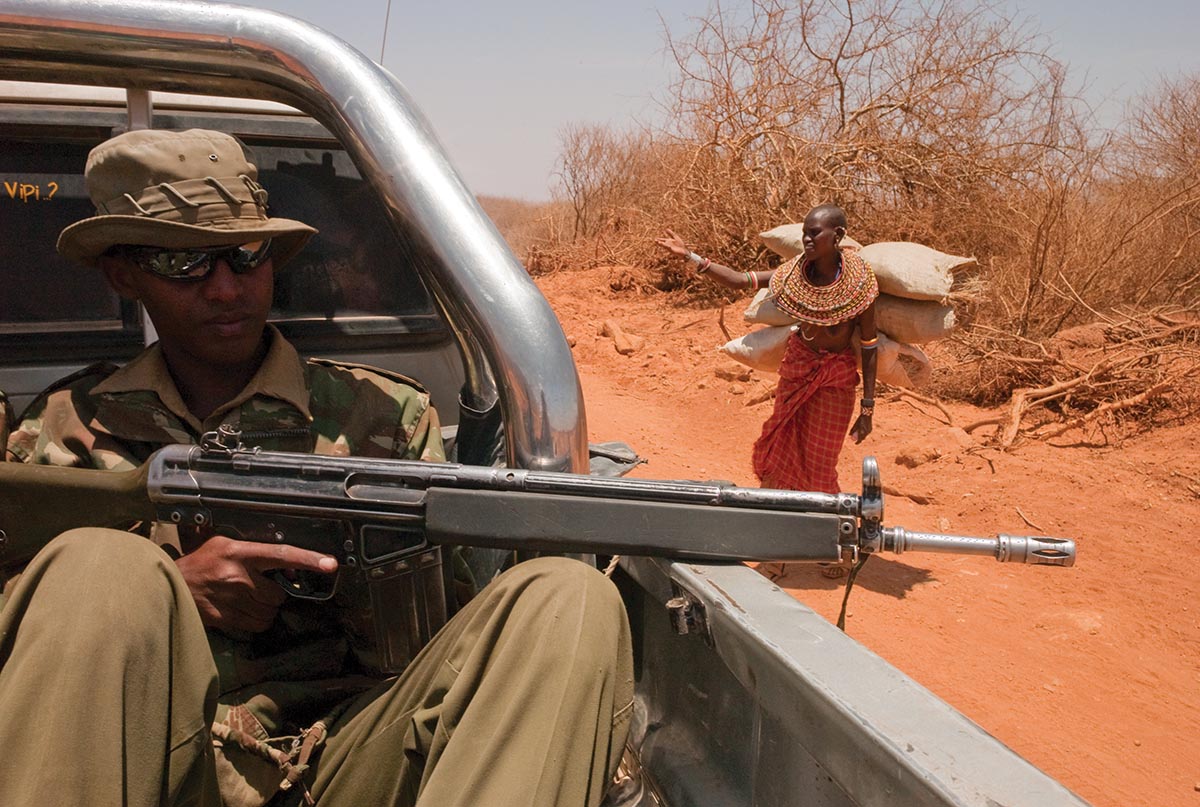
CHALLENGING ASSIGNMENTS
Johnson, 70, earned a bachelor’s degree in photojournalism from the Rochester Institute of Technology in 1975, then landed a job as a staff photographer at the Pittsburgh Press. As the newspaper’s first female photographer, she had her work cut out for her, she admits.
“Times were, shall we say, less liberated,” she explains. “I’ll never forget that just after I started, one of the other photographers told me, ‘I’m so glad you’re here. Now we have someone to shoot the ladies’ afternoon tea parties.’ I hated that—I had visions of Dorothea Lange in my head—but said nothing and made a vow to take as many challenging story assignments as I could.”
Johnson confesses she began stealing meatier, more demanding assignments from the photo editor’s desk—stories on fires, murders, and hard news. “It worked,” she remembers. “I learned quickly, produced the work, and eventually broke down some stereotypes. But it’s been a constant struggle.” In addition to photographing breaking news assignments, she produced photo essays for the Sunday edition of the daily newspaper.
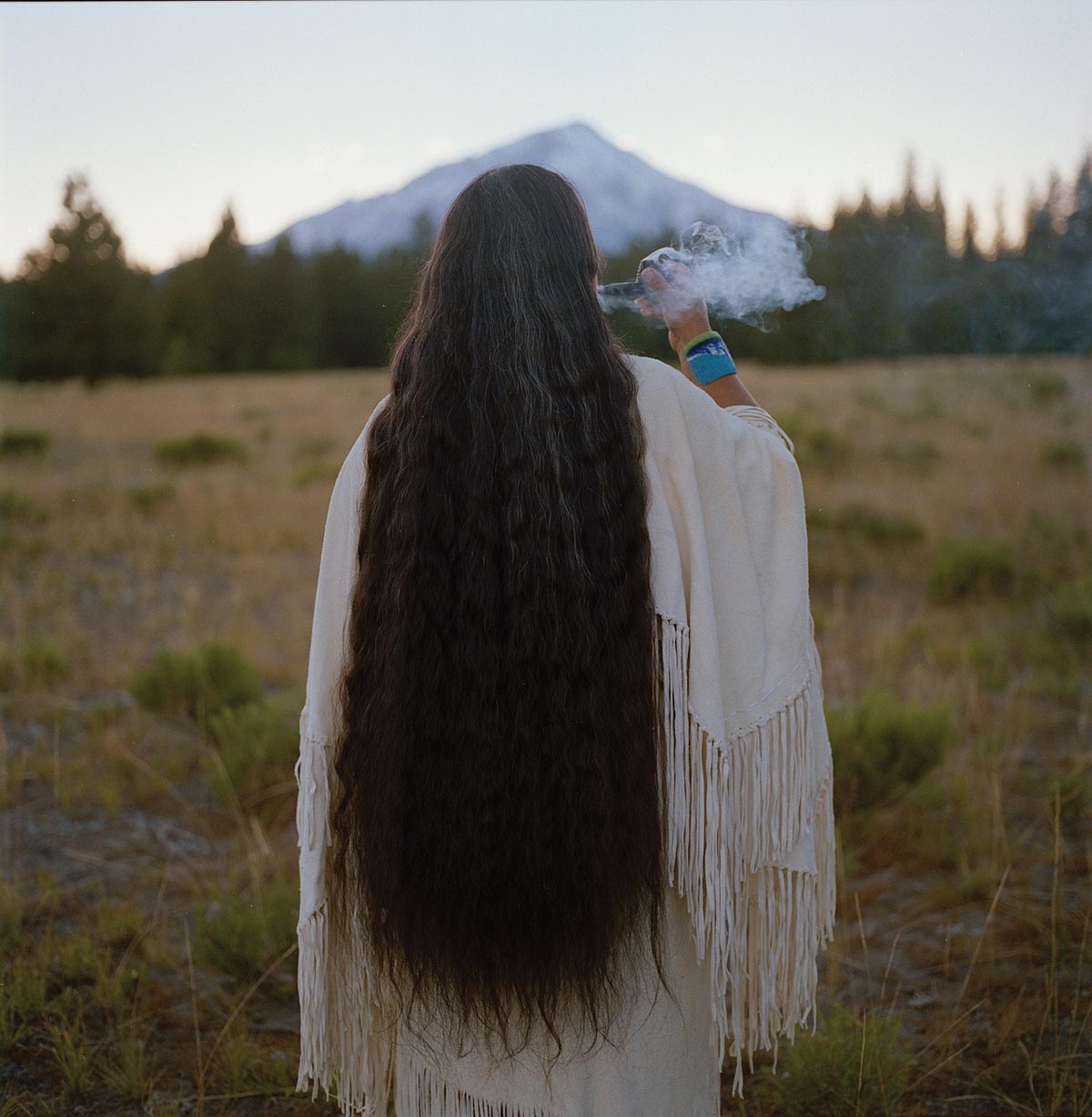
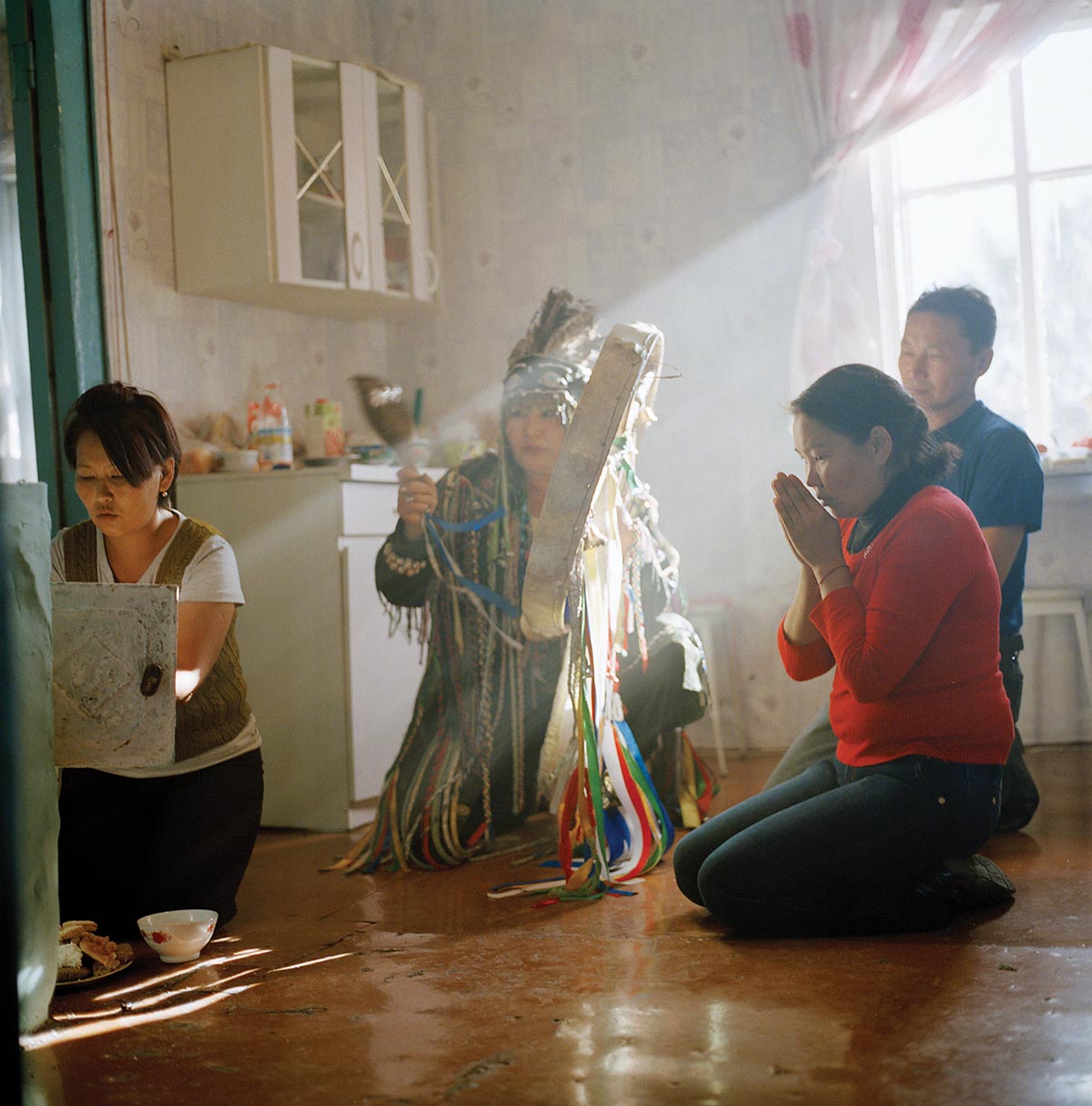
ALWAYS DELIVERING
Long-form photojournalism beckoned. She left the newspaper in 1982 and landed work with such Time-Life publications as Sports Illustrated, Life, Fortune, and other outlets. She got her first assignment for National Geographic in 1992 and felt she’d finally found a publication where she had the freedom and opportunity to spend time in the field getting to know the lives of the regular people she hoped to document.
Kathy Moran, who was a photo editor with National Geographic for 40 years, says of Johnson, “Lynn quickly became known as one of those amazing, rare photographers who could always deliver a powerful set of images whatever the topic was and one who always found the heart of a story.”
Moran remembers a National Geographic story she and Johnson worked on that sought to explain how a baby’s brain develops. “You might think, what are the pictures going to be, a bunch of photos with electrodes attached to a baby’s head or images of people in lab coats?” Moran says. “With Lynn we got a picture of a beautiful pregnant woman floating in a pond in a bucolic setting. Instead of giving you images that make you feel like you are in the midst of a science lecture, she gives you something that makes you stop, think, and care. It’s as if she instinctively knows how to make a reader see and feel a subject.”
Like other admirers of Johnson’s work, Moran praises Johnson’s ability to form relationships with the people she photographs. “I’ve never known Lynn to just walk in somewhere and start taking pictures. That is not her style,” she says. “Lynn has so much respect for the people that let her into their lives that she won’t start taking pictures until she develops a bond with them. She has told me this is one of the ways she honors these people for letting her tell their stories.”
One example: Johnson journeyed to a remote village in the Democratic Republic of the Congo to photograph a young man named Norbert, who was suffering from the highly infectious viral illness monkey pox. Arriving after a treacherous and tiring ride on the back of a motorcycle, Johnson insisted on waiting for a skilled interpreter to get there before she took Norbert’s photograph.
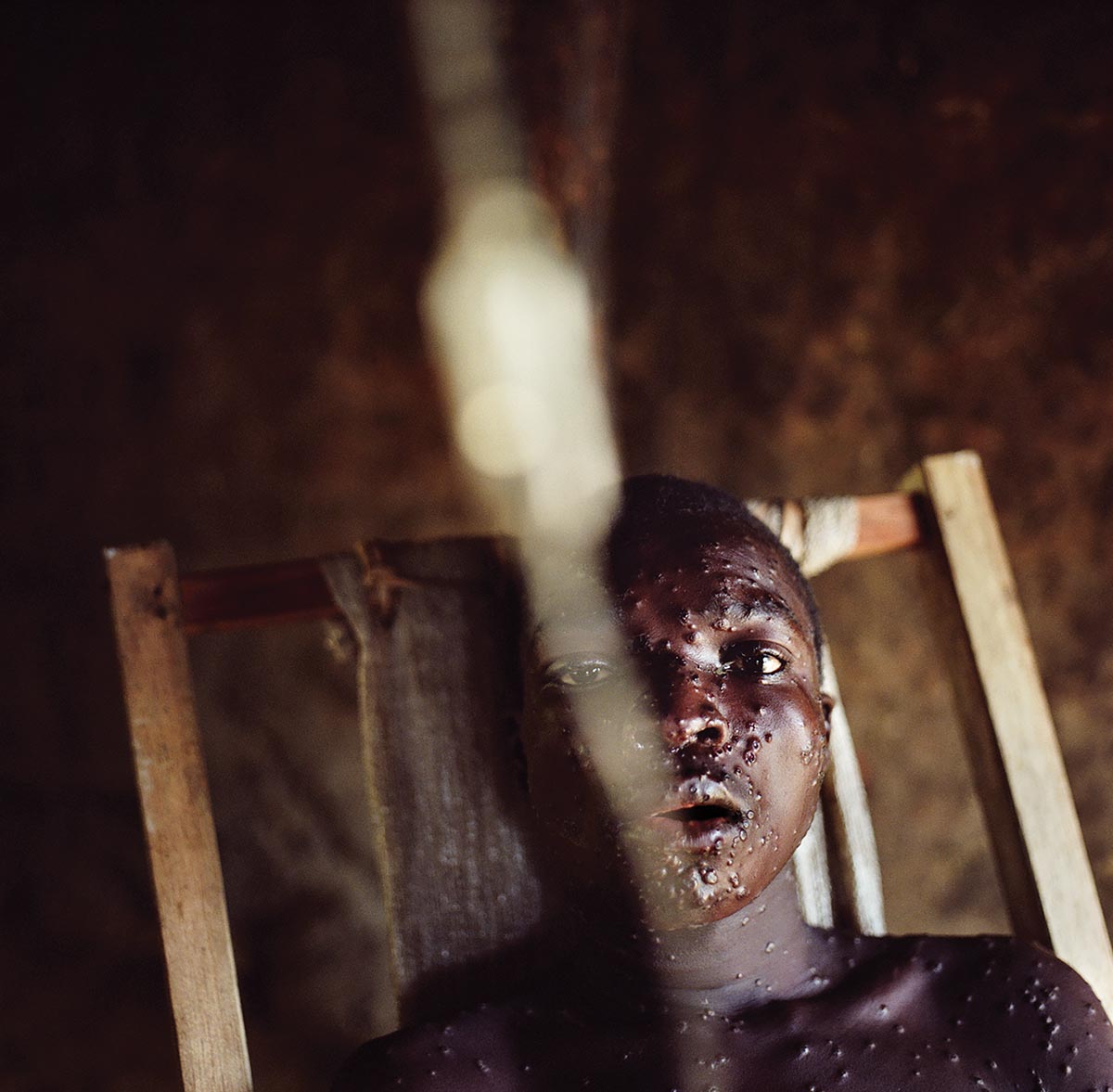
“I would never have dreamed of trying to take his picture until I knew he understood what we were doing,” remembers Johnson. “But we took the time to talk to one another, and I asked him several times for his permission. I wanted him to retain his dignity; he was so brave to be letting us into his life.” Sadly, he died several months later.
Johnson explains that by its very nature, photography can sometimes reduce people to a two-dimensional object on a page. She admits that she bristles if she hears someone refer to a person in one of her images as a “subject.”
“Nooooo!” says Johnson. “A person is never a subject! When we use language like that, we are making the very person who has the power to communicate—the person in the photograph—an object. And that is never acceptable. A person is a person!”
EVER IN MOTION
While magazine budgets have been trimmed and assignments may be harder to get, Johnson has no plans to stop documenting the world. She teaches photography, conducts workshops, and continues her personal work. Recently, she has been photographing autistic children whom she first met while working on a National Geographic story six years ago.
“Like some of my assignments, this one was not over when it was over,” she says with a wide smile. When asked if she knows where this work might be published, she shakes her head. “Don’t know. Maybe on the web, a long-form book or ... ? What I do know is that I am so honored that these people are still allowing me into their lives to continue with their story, wherever that may lead us.”
And what about the dreaded R-word? “I can’t even imagine retiring!” she says. “Why? The idea that I could put the camera down and not have a purpose, that is simply appalling to me. I want to be out there, capturing images that can change the world, moving people to action. I am a photographer.”
Robert Kiener is a writer in Vermont.
Tags: documentary photography

 View Gallery
View Gallery


